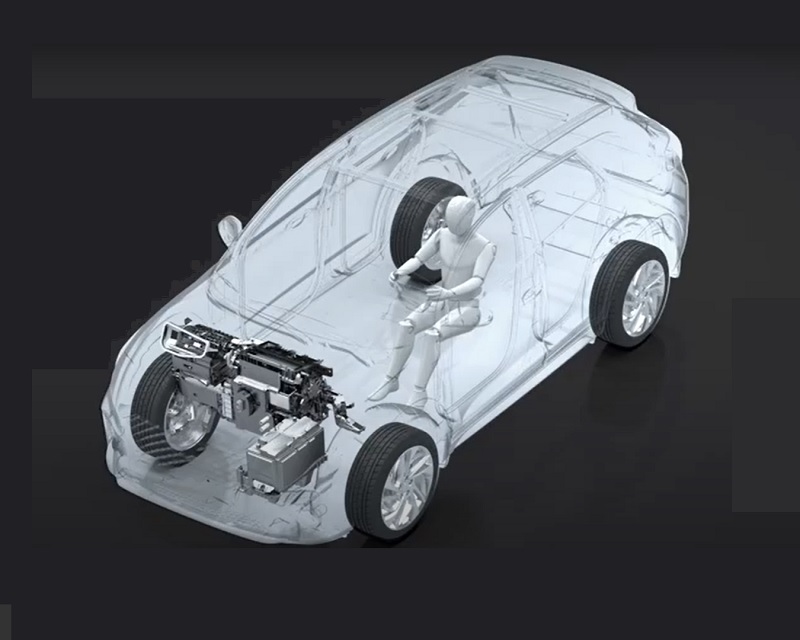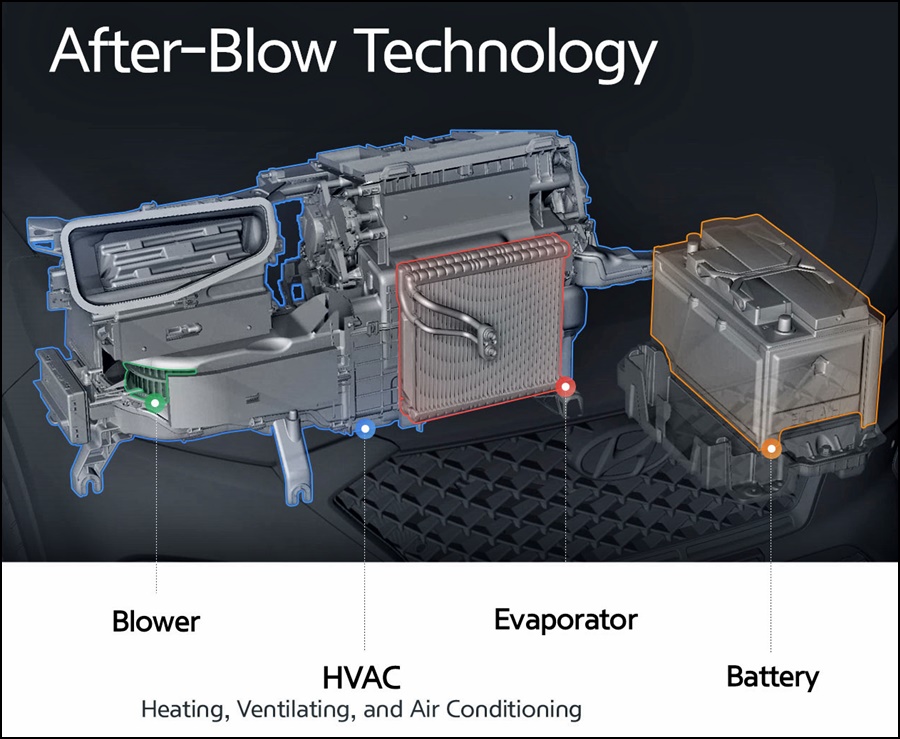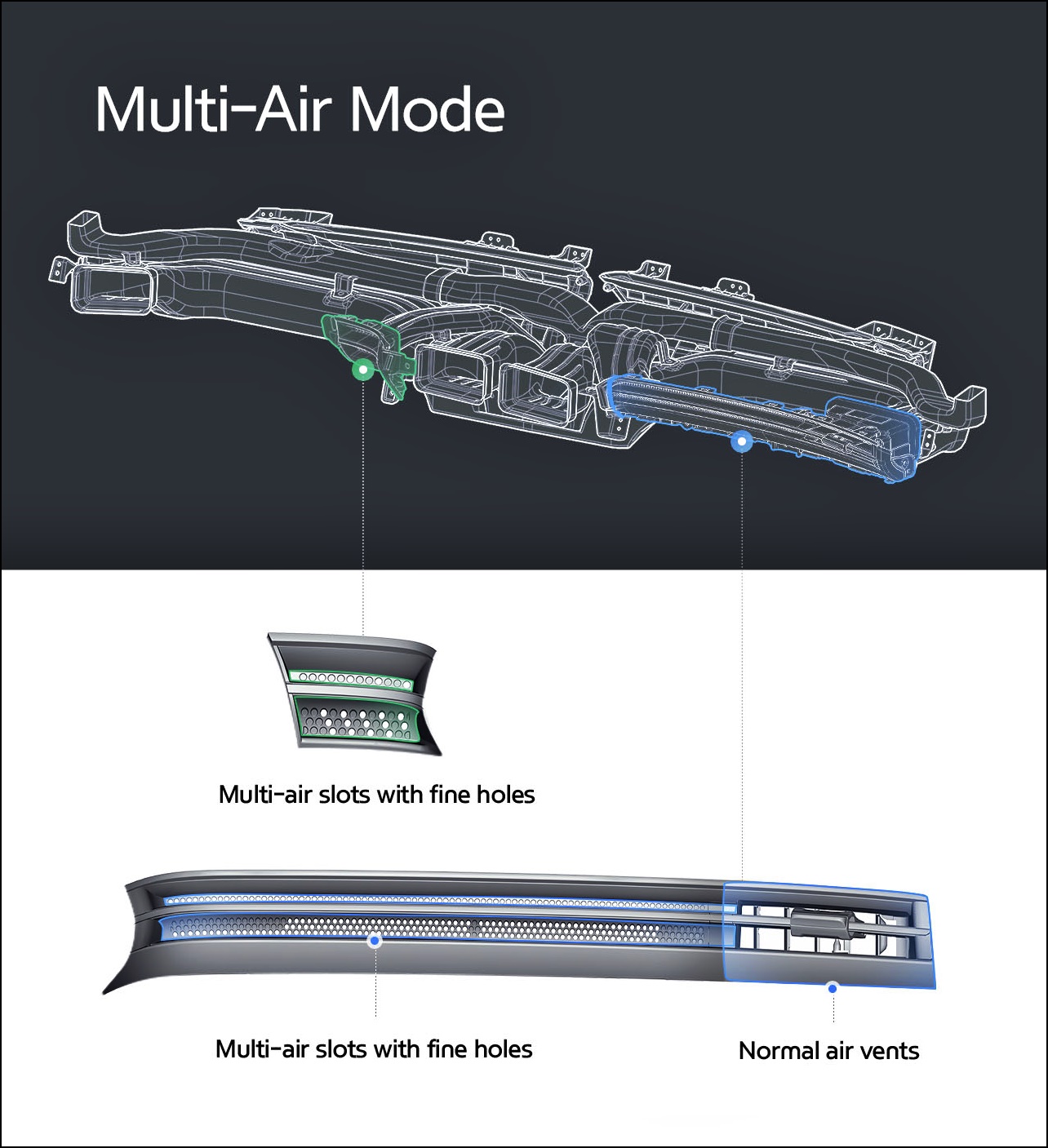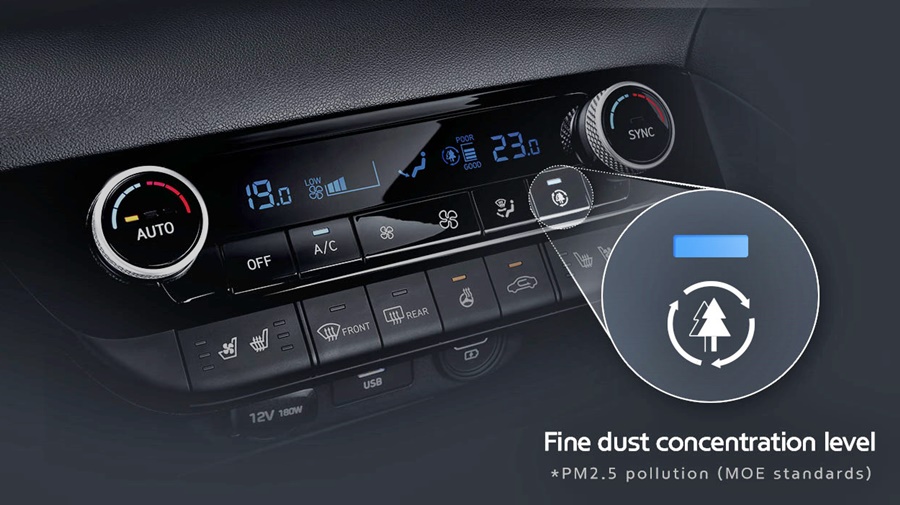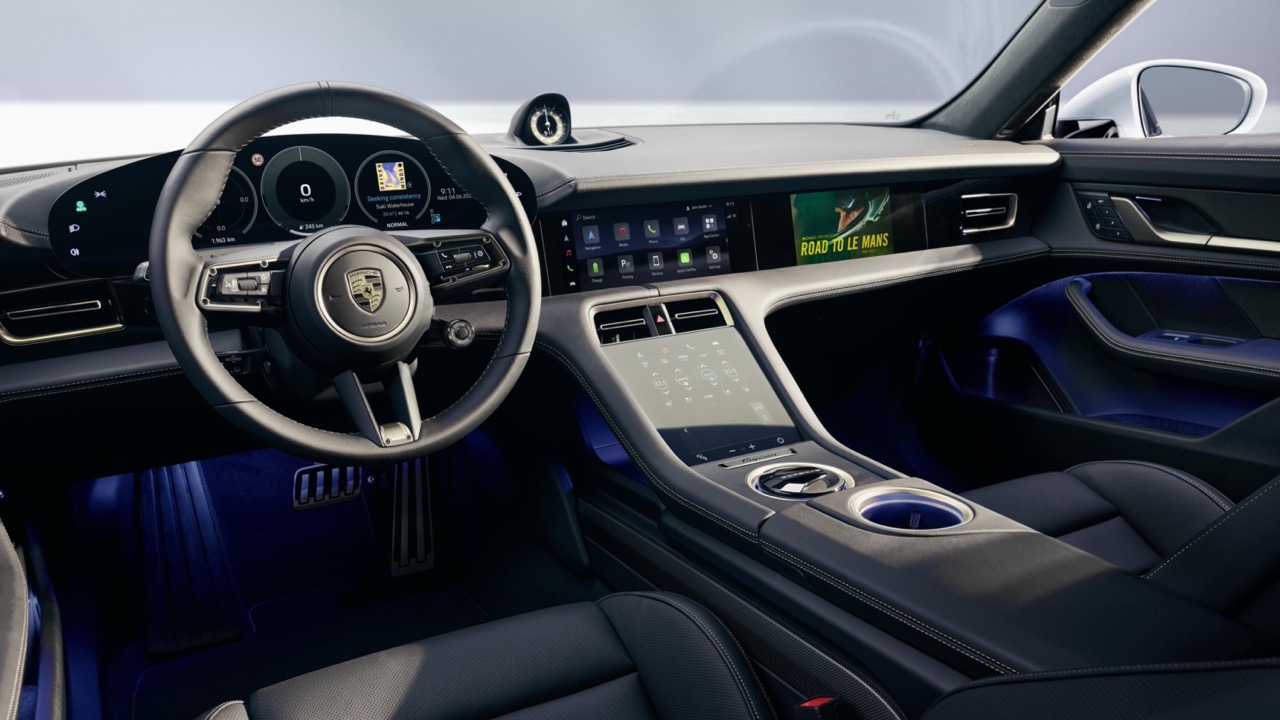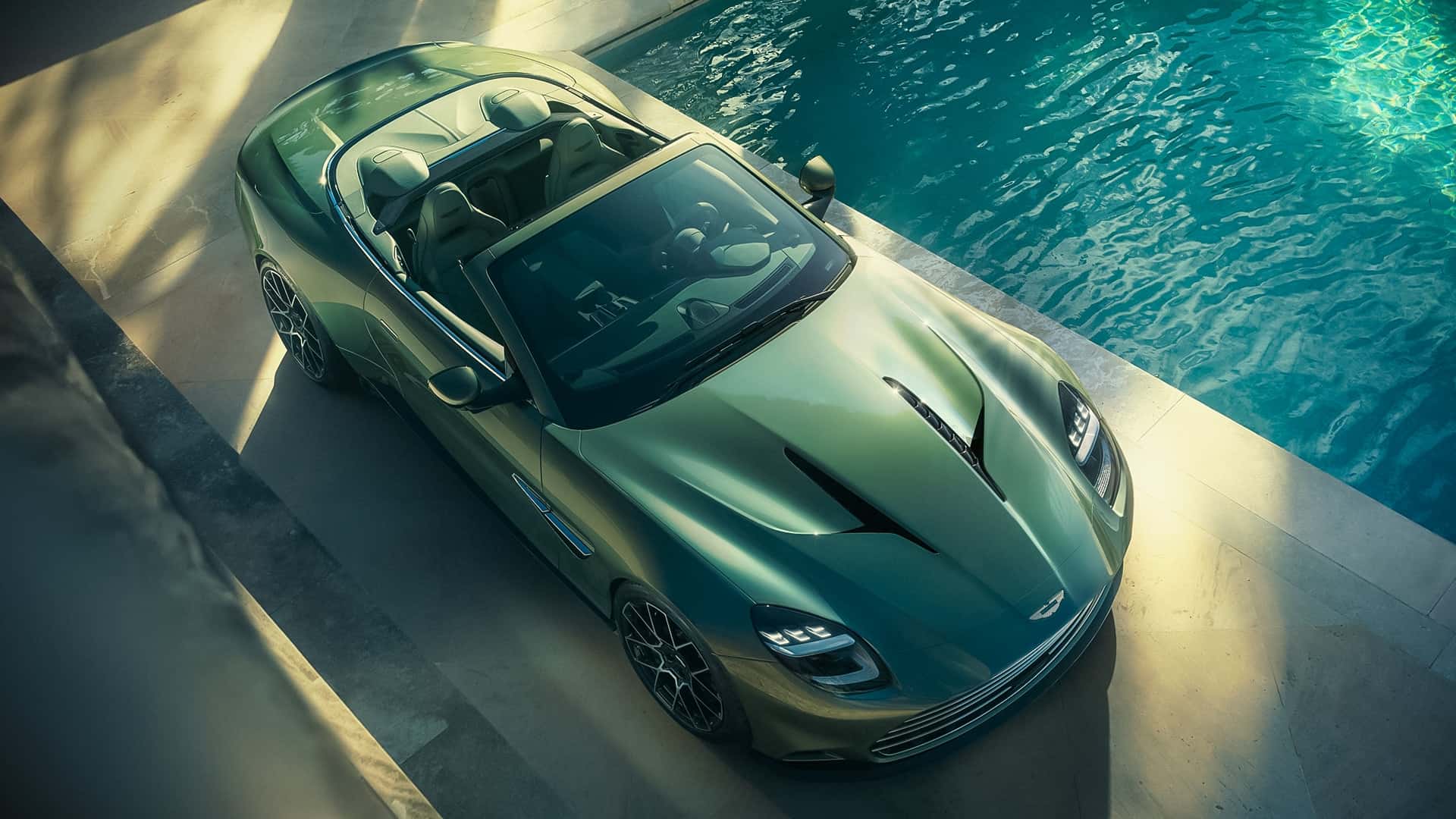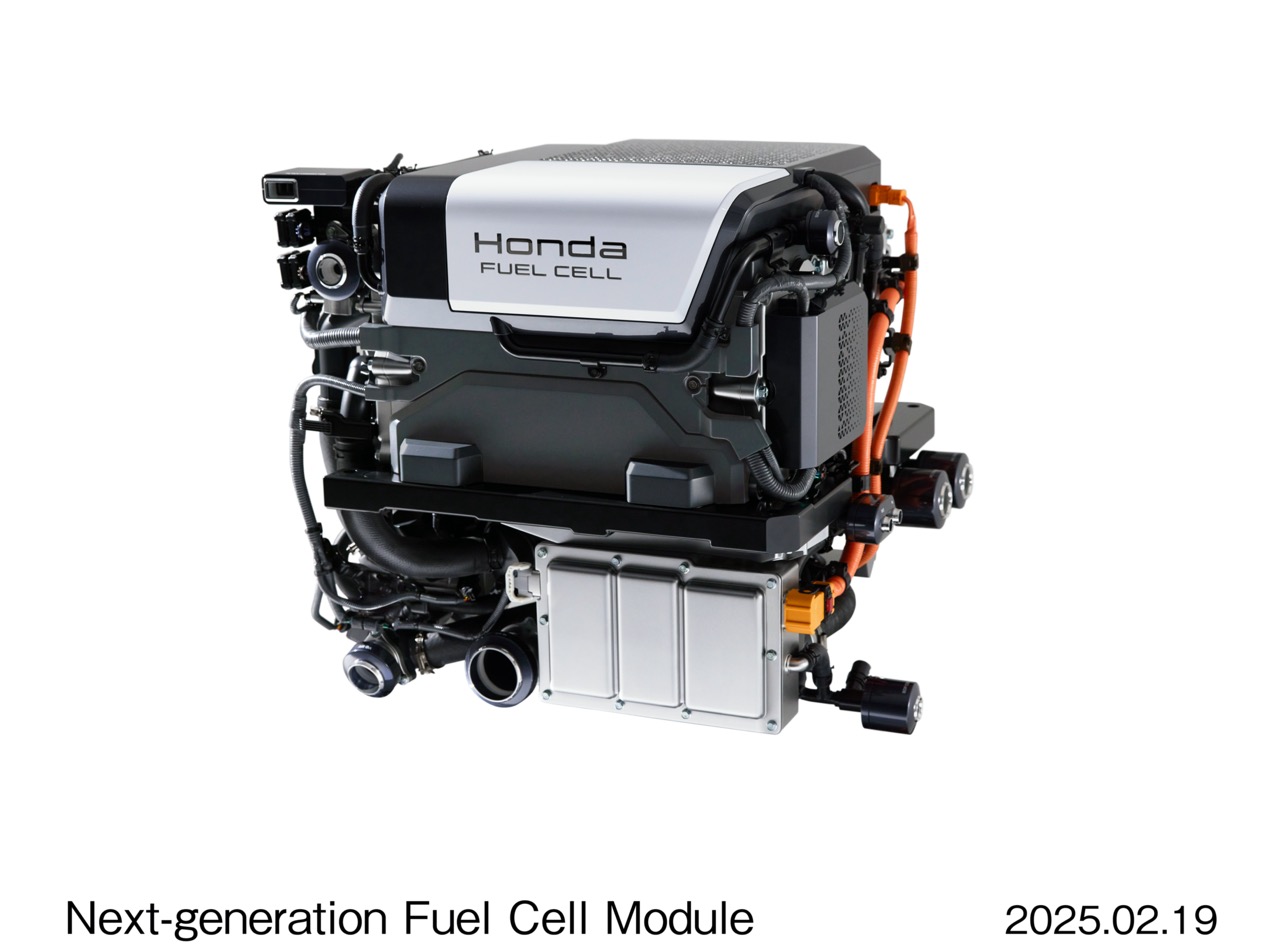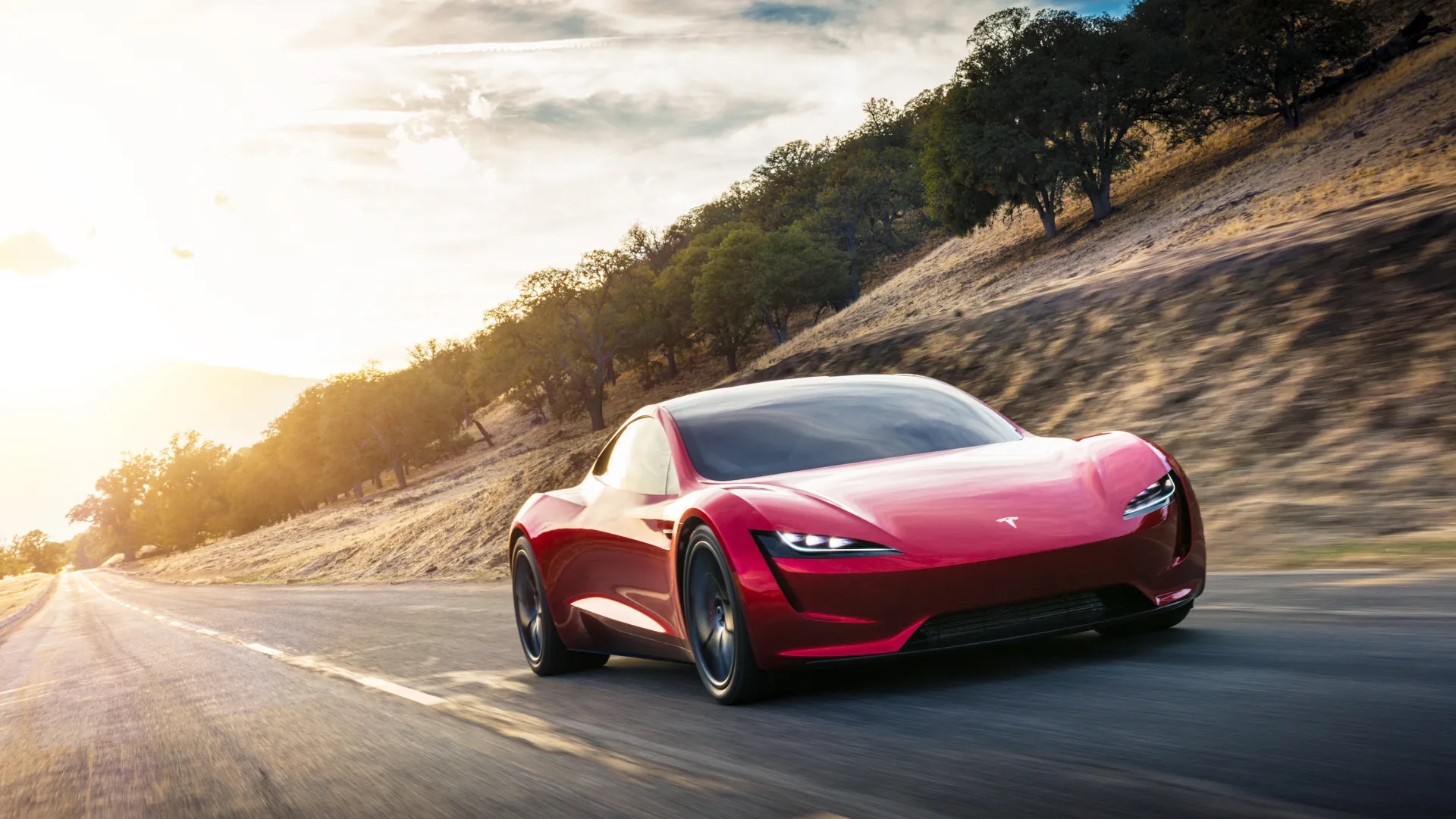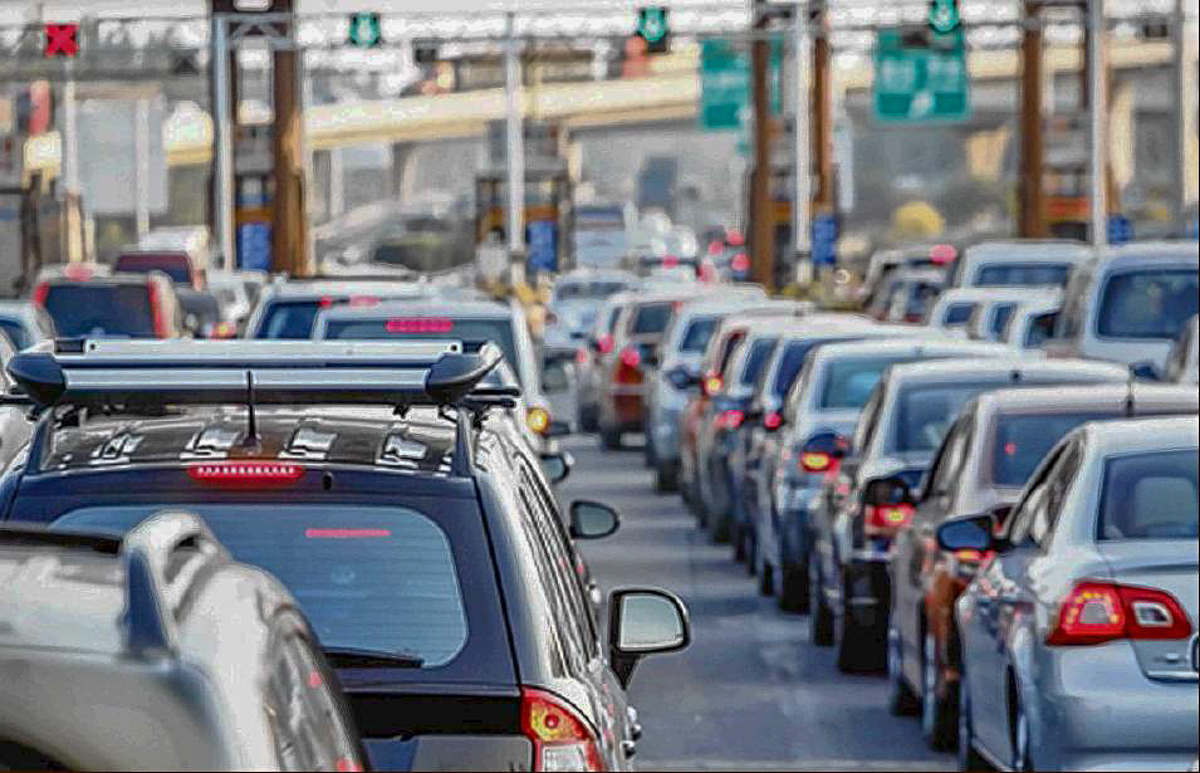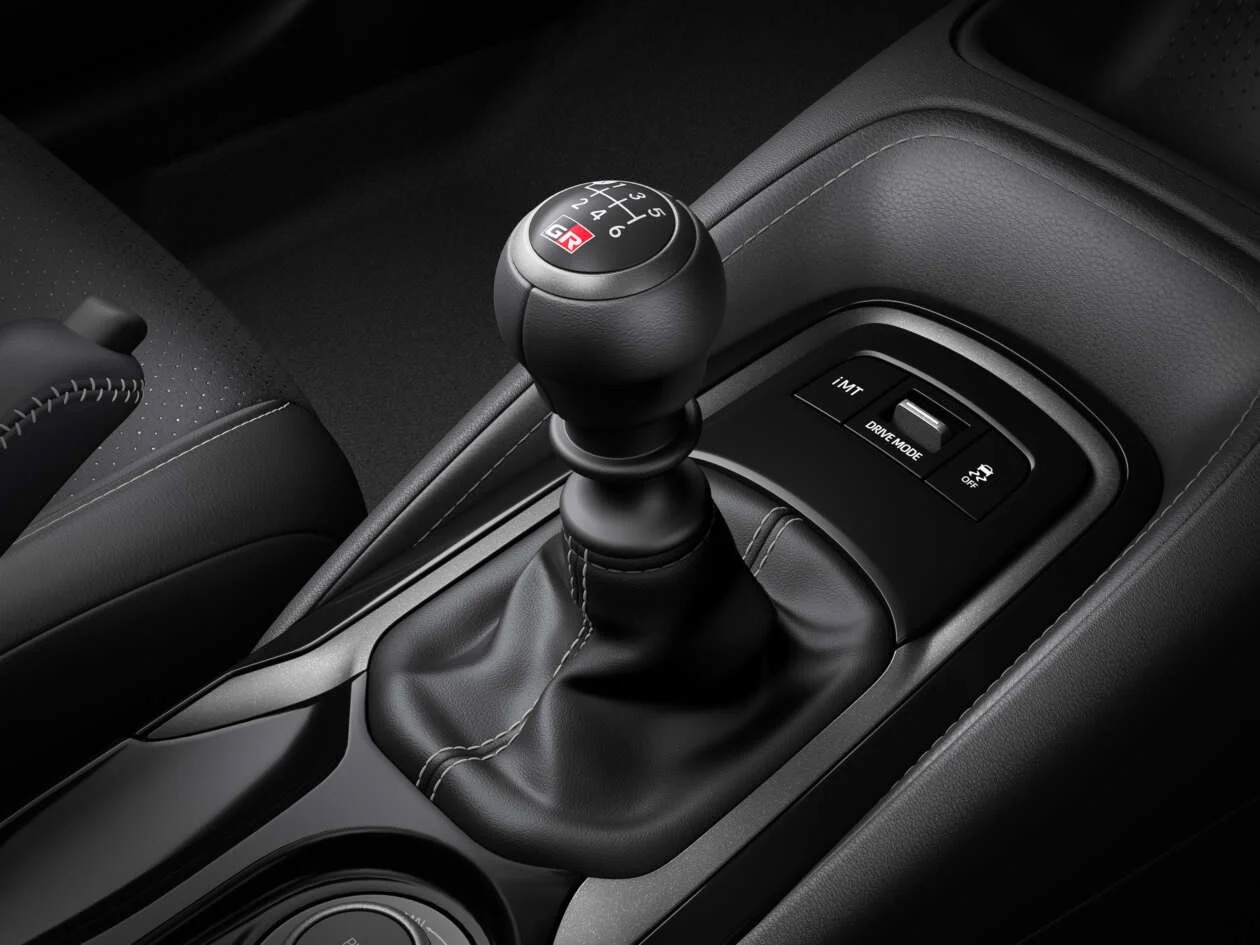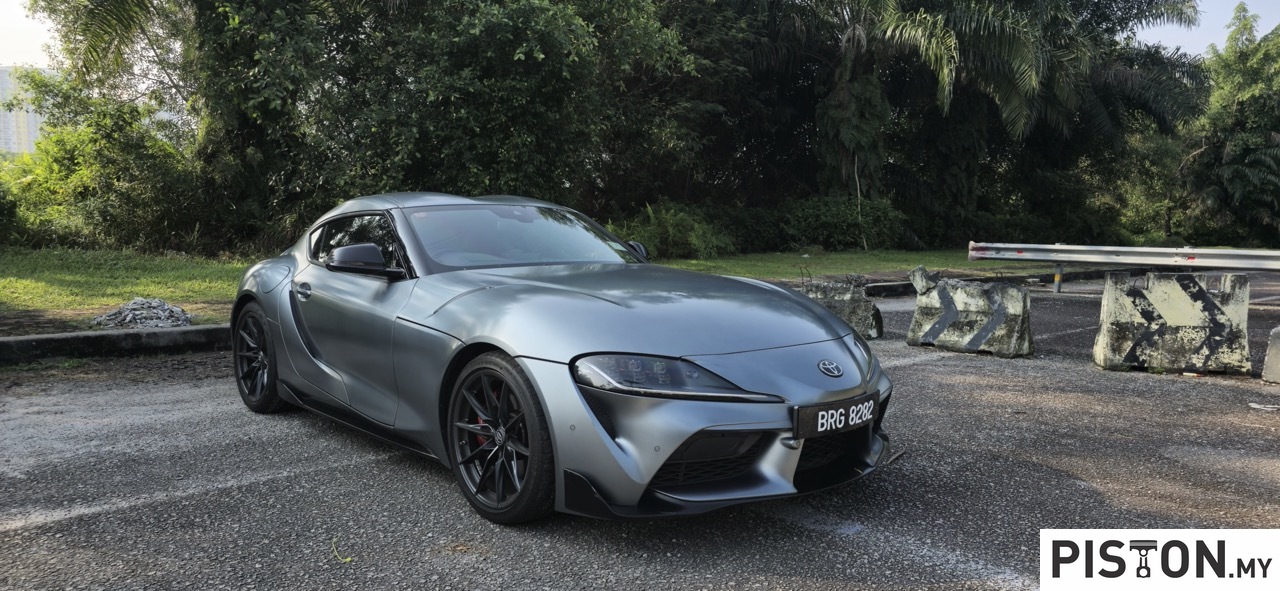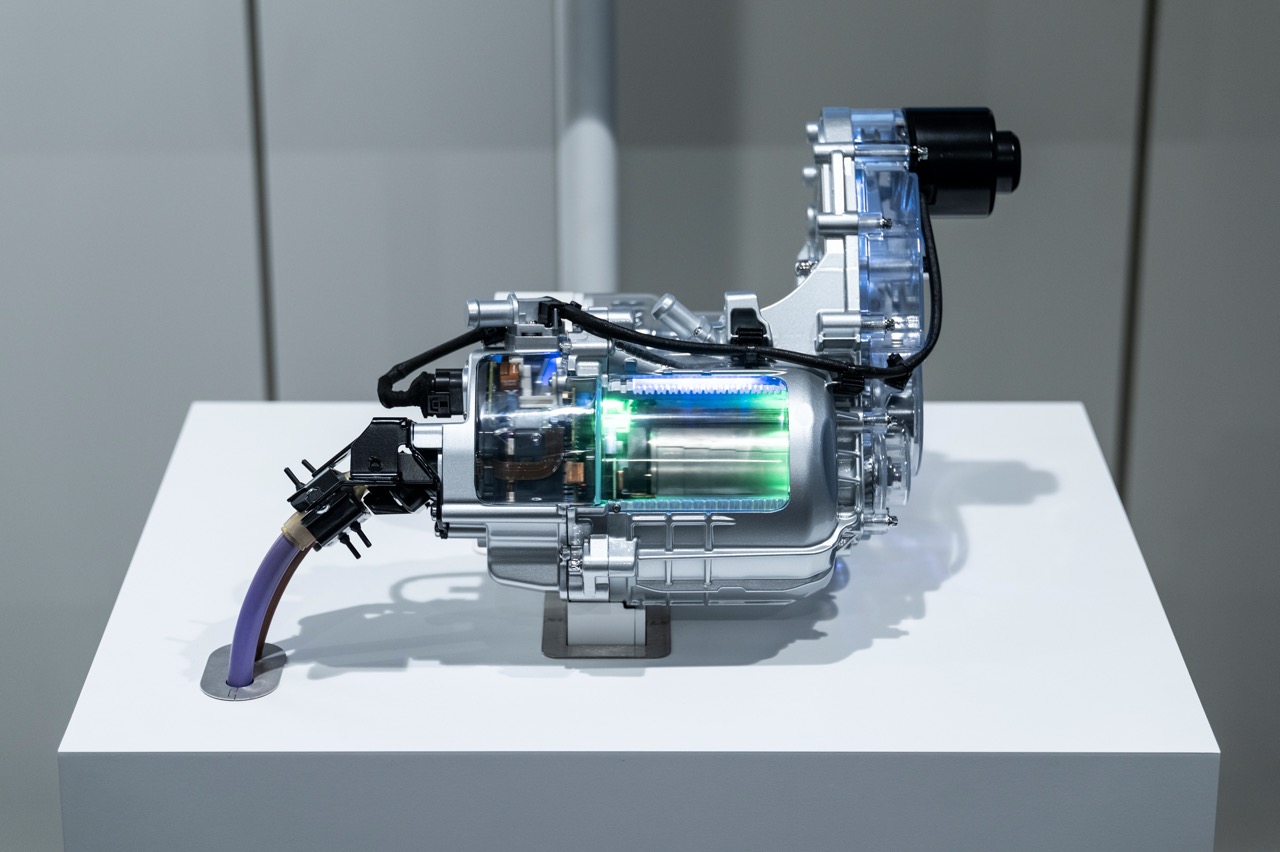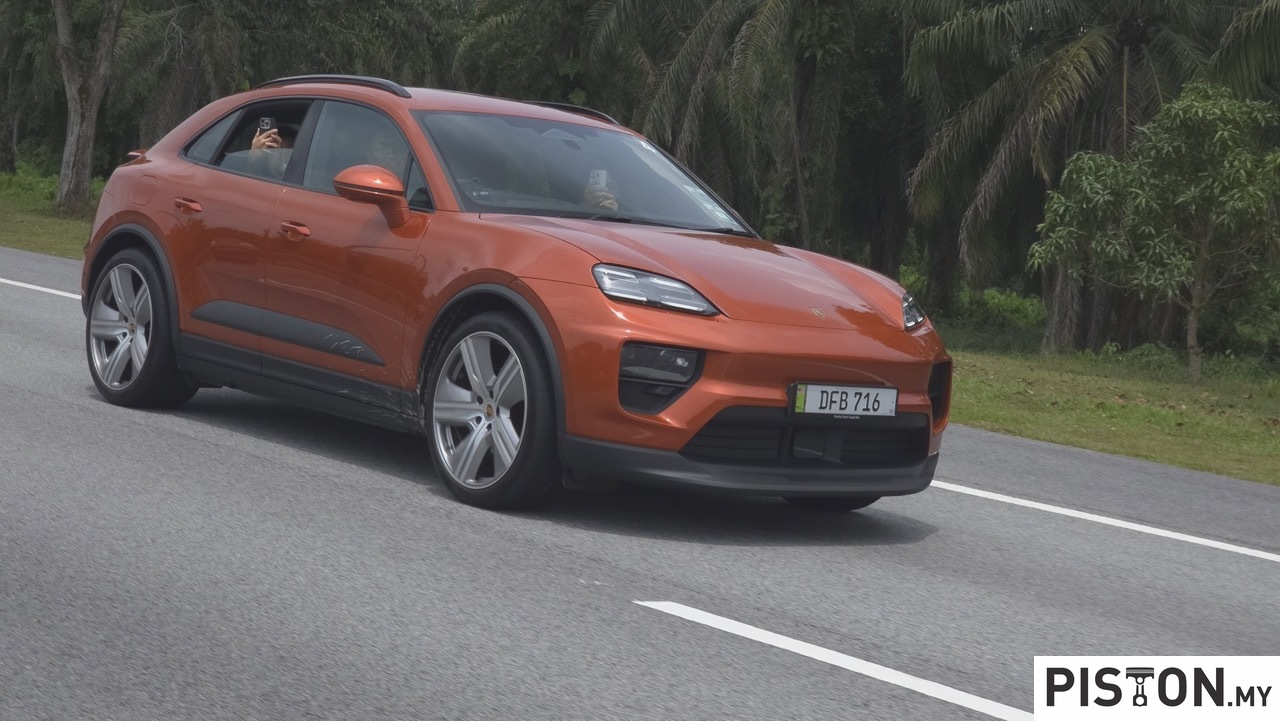COVID-19 has impacted the world in many ways, forcing us to change the way we go about doing things in our daily lives. At the same time, it has also directed carmakers towards addressing issues that were not a high priority before. Air quality is one of them and the Hyundai Motor Group has developed new technologies to improve the quality of air in vehicles and create a more pleasant indoor environment for customers.
The Korean group has unveiled three new air-conditioning technologies – After-Blow, Multi-Air Mode, and Fine Dust Indicator. The technologies will be introduced initially on certain models sold in Korea and then included in the export models of the Hyundai, Kia and Genesis brands later on.
After-Blow Technology
Moisture that collect in the air-conditioning system’s evaporator enables mold to grow, especially if the weather is hot. The mold can give off an odour which is unpleasant to the occupants. To address this issue, After-Blow dries the condensate on the evaporator to suppresses mold growth.
Normally, after the engine is turned off, the condensate on the evaporator drains naturally for about 30 minutes (that’s the puddle of water you see under the car). The After-Blow system then activates for 10 minutes to dry the evaporator and any condensate leftover in the air passage. The air-conditioning system automatically allows influx of outside air during this time to prevent humidity from building up.
The technology uses an intelligent battery sensor to monitor the battery condition and stops functioning when the battery is low. This will avoid the battery going flat and causing inconvenience to the vehicle owner. It also de-activates when the air conditioning system is not in use for a certain period of time, or when the outside temperature is low.
Multi-Air Mode Technology
Multi-Air Mode uses multiple vents for air conditioning and heating to create a more pleasant indoor environment with a gentle wind. When this mode is activated, the air is dispersed to the newly added multi-air slots in the driver and passenger seats in addition to the normal air vents.
The overall wind volume remains the same, but the dispersion of wind reduces direct air contact and softens the air. This mode can be switched on and off based on the preference of the driver.
Fine Dust Indicator Technology
Dust is all around us in the air and with the Fine Dust Indicator, it is possible for the driver to get information on the dust levels inside the vehicle in real time. With the digitized information, the driver can better manage the air quality.
The indicator displays the concentration and pollution level of ultrafine particles (PM 2.5) inside the vehicle using integer numbers and colours for better visibility to the user. Blue is for 0 to 15 μg/m3, green for 16 to 35 μg/m3, orange for 36 to 75 μg/m3, and red for 76 μg/m3 or higher.
If the level of ultrafine particles exceeds 36 μg /m3 while the function is active, the air-cleaning mode will run to purify the air in the vehicle. The air-cleaning system automatically sets the air volume between 3 and 8 and switches to air-recirculation mode and activates the air conditioning system to reduce indoor humidity. If the air does not improve in air-cleaning mode, it can also serve as a reminder to the driver to replace air-conditioner filters or to clean contaminated seats and mats.
VR technology enhances vehicle development processes for Hyundai and Kia




